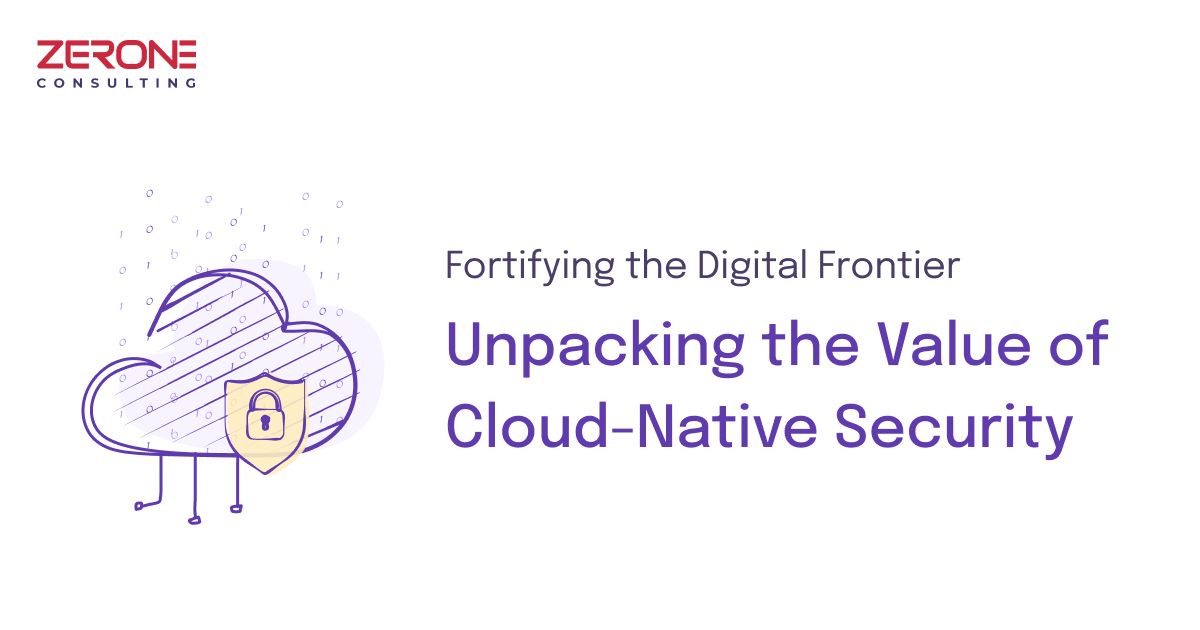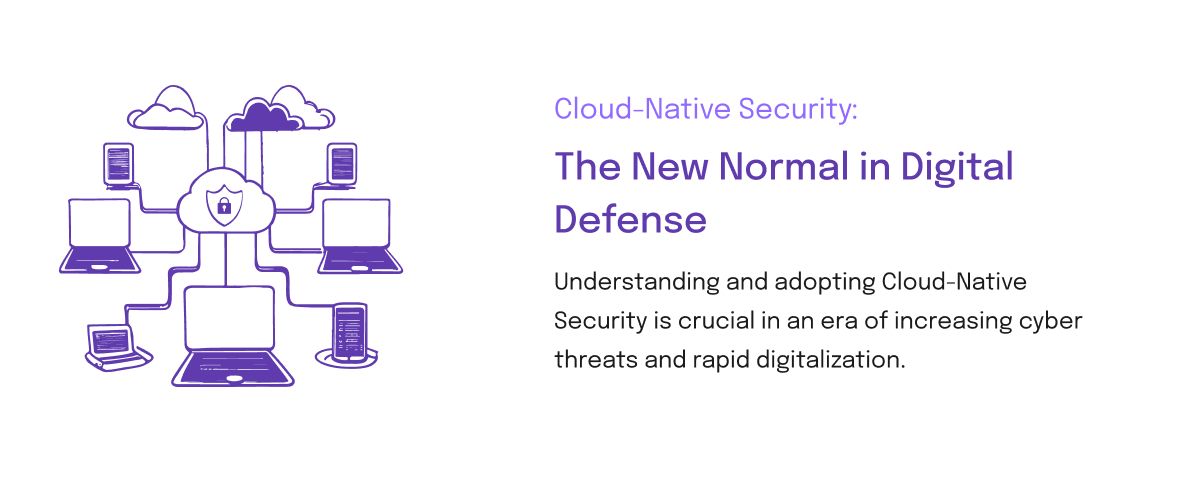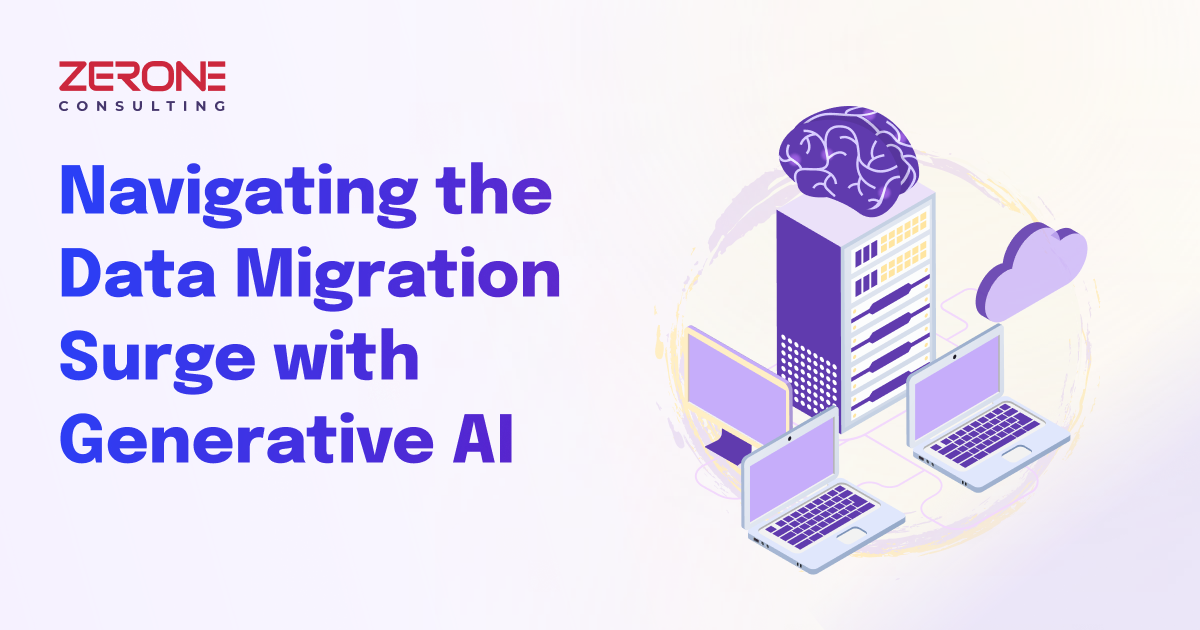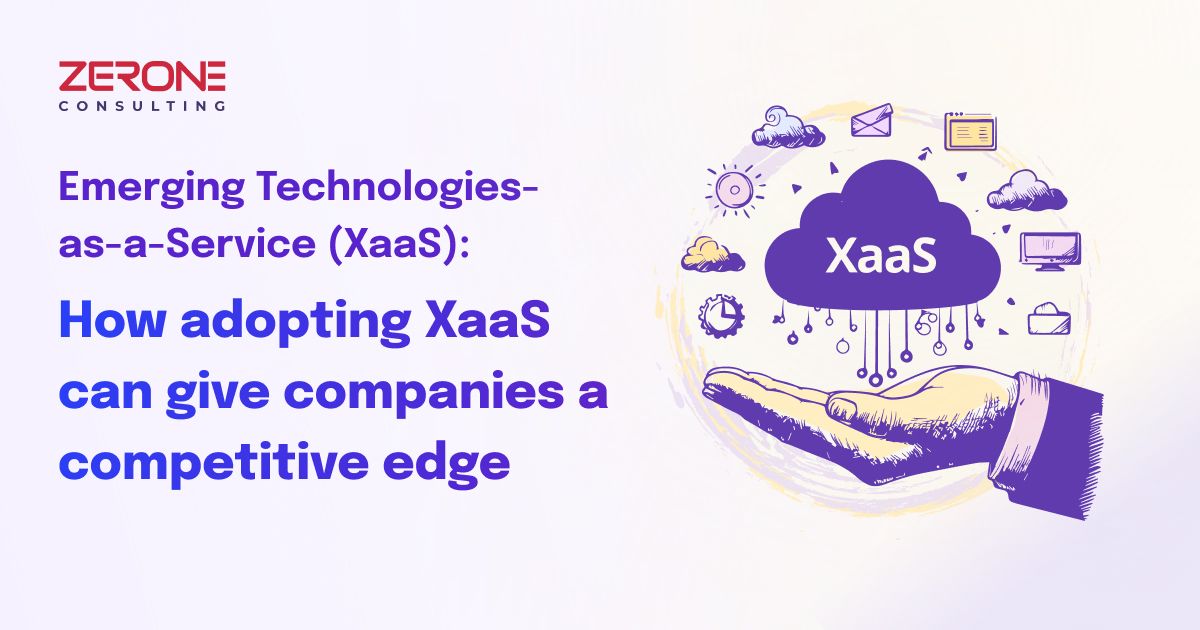Fortifying the Digital Frontier: Unpacking the Value of Cloud-Native Security
In an era where digitalization is the new normal, businesses are tasked with an urgent and crucial mission — to secure their digital frontiers. Emerging as a key player in the security arena is Cloud-Native Security. This innovative solution, designed to fortify digital assets, offers robust, resilient, and adaptable security. Let us dive into its significance and explore why it has become a focal point in the world of digital security.

The Ubiquitous Digital Threat Landscape
Today, the digital realm is a battlefield. Business owners are constantly in the line of fire, facing risks from crippling data breaches to intricate ransomware attacks, each one posing a considerable danger to digital assets. In 2022, global cybercrime damages skyrocketed to a staggering $6 trillion. These numbers aren’t just statistics; they serve as a wake-up call to the urgent need for robust security measures.
The SolarWinds hack stands as a stark reminder of this critical necessity. This major breach, which left thousands of businesses and government organizations compromised, highlighted the vulnerabilities in traditional security measures. Notably, Microsoft’s analysis of the SolarWinds incident revealed that the hackers’ ultimate goal was not just to infiltrate on-premise systems but to pivot to victims’ cloud assets.
This revelation underscores the need for comprehensive cloud security. As businesses increasingly leverage the cloud for its scalability and flexibility, they must also recognize the associated security implications. The SolarWinds incident demonstrates that conventional security measures are no longer enough, especially when sophisticated threat actors target cloud assets. These realities underline the critical importance of employing cloud-native security measures to protect businesses in this increasingly digital landscape.

Decoding Cloud-Native Security
So, what is Cloud-Native Security? In essence, it’s an approach that embeds security protocols within each cloud infrastructure layer. Instead of merely building walls around your system, Cloud-Native Security integrates protection measures into every tier - from the foundational code layer to the application, network, and data layers. This is achieved through modern practices like containerization, microservices, CI/CD pipelines, orchestration, and DevSecOps. As a result, security measures evolve in tandem with applications, ensuring continuous protection in a constantly shifting digital environment.

Unearthing the True Value of Cloud-Native Security
Cloud-native security isn’t solely about defense; it’s a strategic enabler for businesses. It offers speed, scalability, and resilience. This adaptive approach ensures your security measures grow with your enterprise and recovery from breaches becomes significantly faster. For instance, Netflix’s application of a Cloud-Native Security model has enabled the swift deployment of updates, efficient scaling of resources, and rapid recovery from breaches. This approach has not only reinforced their defenses but also enhanced their service delivery, contributing significantly to customer satisfaction.
Riding the Wave: Trends in Cloud-Native Security
Staying ahead of the curve is crucial in the fast-paced digital realm. Emerging trends like Artificial Intelligence (AI), Machine Learning (ML), and the Zero Trust model are reshaping the cloud-native security landscape. AI and ML augment automated threat detection, enhancing the effectiveness and efficiency of security systems. The Zero Trust model, with its ‘never trust, always verify’ philosophy, is rapidly becoming an industry standard. These advancements bring new challenges, including the need for specialized skills to manage these systems and the emergence of more sophisticated AI-enabled cyber threats.
Our Brand’s Pledge to Cloud-Native Security
We understand the strategic importance of Cloud-Native Security and are committed to guiding you through its complexities. Our expertise lies in crafting tailored solutions to suit businesses of all sizes. We have guided a multitude of organizations in their transition to a Cloud-Native Security model, fortifying their defenses, bolstering their resilience, and amplifying their operational efficiency. As partners in your journey, we’re here to ensure your business remains secure, agile, and ready to conquer the digital frontier.
A Deeper Dive: Cloud-Native Security Technologies and Practices
Integral to grasping the essence of Cloud-Native Security is familiarizing yourself with its critical components. These core elements define the robustness and resilience of this approach, sculpting an enhanced digital defense mechanism.
- Containerization: Central to cloud-native technologies, containers are lightweight, self-sufficient packages that encapsulate everything needed to run a software application. These “isolated islands” of code and dependencies offer significant security advantages. By creating a unique environment for each application, containerization eliminates the risk of inter-application vulnerabilities, effectively quarantining potential threats. Furthermore, they simplify the process of applying uniform security controls across disparate application environments. Today, leading companies like Google process billions of container deployments a week, a testament to their utility and scalability.

-
Microservices: Unlike monolithic architectures, the microservices approach deconstructs applications into more minor, manageable services. Each of these can be developed, deployed, and scaled independently, offering granular control over different aspects of an application. From a security perspective, microservices limit the damage a breach can cause. If one service is compromised, it doesn’t directly lead to the collapse of the entire application, as each service is isolated. In essence, microservices act like compartments in a ship, preventing the whole vessel from sinking when water breaches a single area.
-
DevSecOps: This practice is a cultural shift in the software development cycle. It signifies the integration of security measures into the DevOps approach, which traditionally prioritized speed over security. With DevSecOps, security becomes an ongoing concern throughout the development lifecycle, not just an afterthought before deployment. This shift enables early detection and mitigation of vulnerabilities, dramatically reducing the window of opportunity for cyberattacks. Furthermore, it fosters a culture of shared security responsibility across teams, breaking down silos between developers and security personnel.
These three components represent the cornerstones of Cloud-Native Security. By leveraging these technologies and practices, businesses can construct a fortified, resilient, and efficient digital environment. This approach allows them to not only react to threats in real time but also to predict and preempt them, paving the way for a proactive security stance. Cloud-Native Security, therefore, isn’t just about defending your digital assets - it’s about staying one step ahead of the threat landscape.
Conclusion
Cloud-Native Security stands out as a pivotal player in digital transformation. Its role as both a catalyst for growth and a shield against threats makes it an indispensable tool for business owners. We invite you to join us on this exciting journey. Take the first step towards securing your business, enhancing your operational efficiency, and seizing the opportunities the digital frontier offers.
We can help!
Navigating The Post-x Era: Exploring Alternative Social Media Platforms
#Applicationdevelopment
Navigating The Data Migration Surge With Generative Ai: A Strategy For 2024
#Applicationdevelopment



